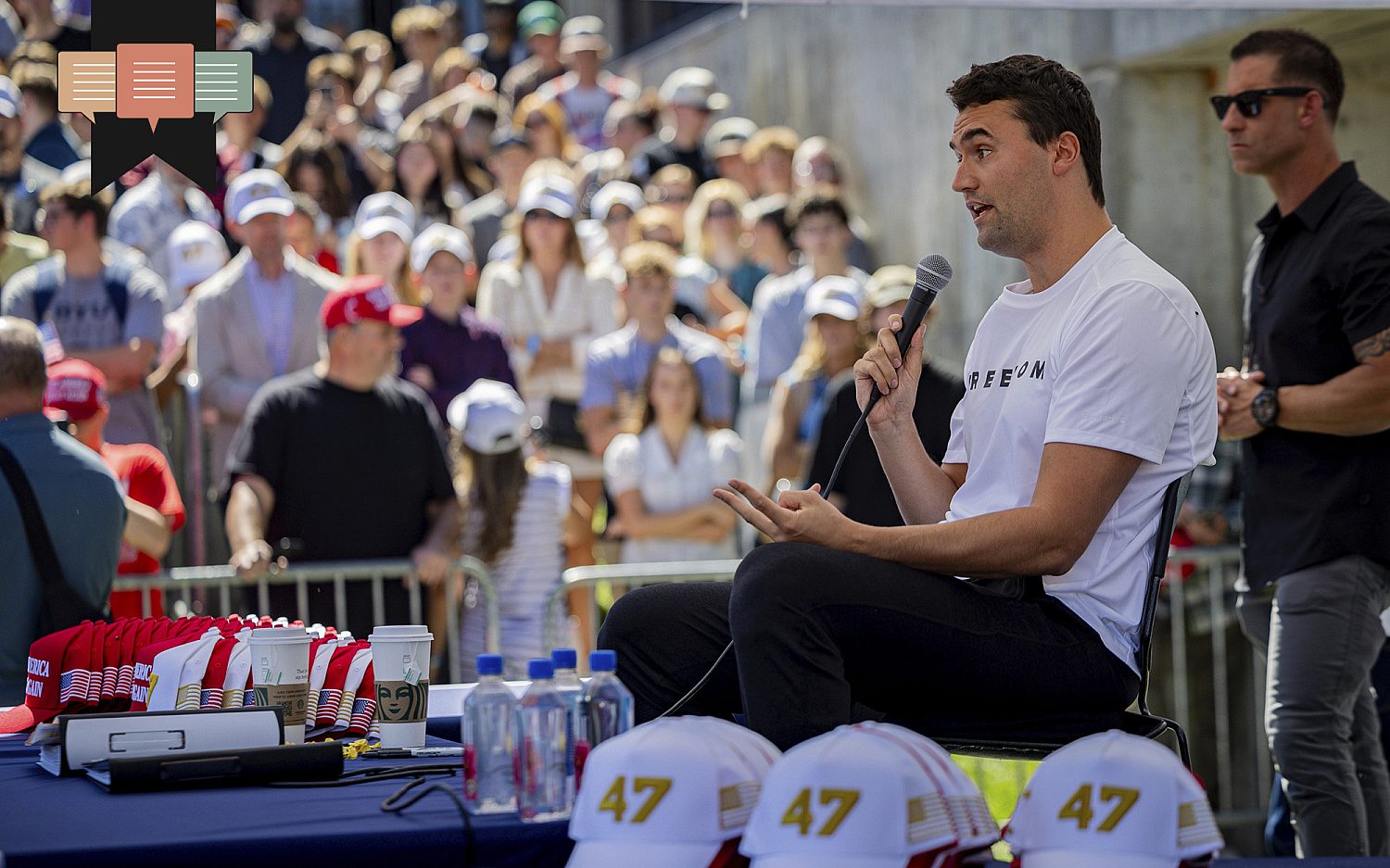Why this debacle?
The opening ceremony at the Paris Olympics attempted to normalize the perverse, the odd, and the ugly
Full access isn’t far.
We can’t release more of our sound journalism without a subscription, but we can make it easy for you to come aboard.
Get started for as low as $3.99 per month.
Current WORLD subscribers can log in to access content. Just go to "SIGN IN" at the top right.
LET'S GOAlready a member? Sign in.
Sen. Mike Lee, R-Utah, spoke for millions when, in response to Friday’s opening ceremony of the 2024 Paris Olympics, he asked, very simply, “Why?” Why a dancing bearded man dressed as a woman? Why a queer mockery of The Last Supper featuring drag queens in place of Jesus and His apostles? Why was a man dressed in little more than blue paint, apparently representing the Greek god Dionysus, featured as the “main course” for this alternative version of Leonardo da Vinci’s famous work? The opening ceremony, far from uniting the world in a shared tradition of friendly competition, instead turned into an open celebration of the perverse, the odd, and the ugly.
Much in line with the recent proliferation of public drag queen events in Western society, the opening ceremony performance was not only an attempt to defile the sacred but also to normalize the abnormal. The very notion of “queer” itself requires the overturning of norms, the erosion of instinctive revulsion against that which is inherently ugly. France put queer mockery of Christianity—the origin of the moral norms of Western society—on full display before the entire world, offending millions of viewers in the process and, like Sen. Lee, leaving them asking, “Why?”
As so often happens when the modern world confronts new questions, we often realize that Christians in the past have seen this coming. In C.S. Lewis’ novel That Hideous Strength, the third installment of his Ransom Trilogy (more popularly known as the Space Trilogy), Lewis tells of protagonist Mark Studdock’s interactions with the National Institute for Coordinated Experiments (N.I.C.E.). Lured by the prospect of being welcomed into the organization’s “inner ring,” Studdock discovers over time the dark and, quite literally, demonic truth about the organization’s intentions. This discovery ultimately leads him to relinquish all desire for the coveted inner ring and, in the end, turns him decisively against the N.I.C.E.
At a key moment in Studdock’s transformation, Professor Augustus Frost (a high-ranking member of the N.I.C.E.) puts him through an exercise intended to erode his instinctive revulsion against oddities and perversions. To this end, Frost takes Studdock to a room furnished with a table and chairs. While in the room, Studdock notices that its arch is slightly off-center and its other proportions are not quite symmetrical. He notices spots on the ceiling that appear irregularly spaced, almost suggesting a pattern but never revealing one. There are also spots on the table that do not quite match the position of those on the ceiling. Everything about the room seems intentionally designed to thwart expectations of normalcy.
Then Studdock notices the pictures on the wall. Some are clearly grotesque, such as a woman with an open mouth full of hair, while others are more subtle, such as a representation of The Last Supper featuring beetles under the table (da Vinci’s painting, it seems, is an easy target for these kinds of displays). As Frost had explained to Studdock, the purpose of the exercise “is to eliminate from your mind one by one the things you have hitherto regarded as grounds for action. It is like killing a nerve. That whole system of instinctive preferences, whatever ethical, aesthetic, or logical disguise they wear, is to be simply destroyed.” In a supposed quest for “objectivity,” the N.I.C.E. subjects Studdock to an experience specifically designed to kill his sense of normalcy, beauty, and goodness.
The LGBTQ movement, once defined by a shorter list of letters and a simple plea for tolerance and inclusion, very quickly manifested its true intentions once it gained cultural power. It wants nothing less than the overturning of all prior conceptions of normalcy. It aims at a complete ethical (and thus aesthetic) revolution. It seeks to enthrone ugliness in place of beauty, perversion in place of order, and evil in place of good. It cannot, therefore, long resist the mockery of Christ, His people, and the cultural and ethical inheritance of the West.
In Lewis’ story, Mark Studdock’s “education” resulted in the opposite of its intended effect. Far from deadening his sense of normalcy, the experience served to awaken him to the true ugliness of the evil threat and thus turned him resolutely against its aims. We all need that same awakening.
These daily articles have become part of my steady diet. —Barbara
Sign up to receive the WORLD Opinions email newsletter each weekday for sound commentary from trusted voices.Read the Latest from WORLD Opinions
R. Albert Mohler Jr. | The assassination of Charlie Kirk and the call of a generation
Erick Erickson | Angry conservatives should remember the young leader’s words about faith
R. Albert Mohler Jr. | Response to release of security video shows deep division between liberals and conservatives
Barton J. Gingerich | The deeply rooted problem with a convert to Roman Catholicism administering the Lord’s Supper in a PCA church






Please wait while we load the latest comments...
Comments
Please register, subscribe, or log in to comment on this article.